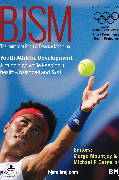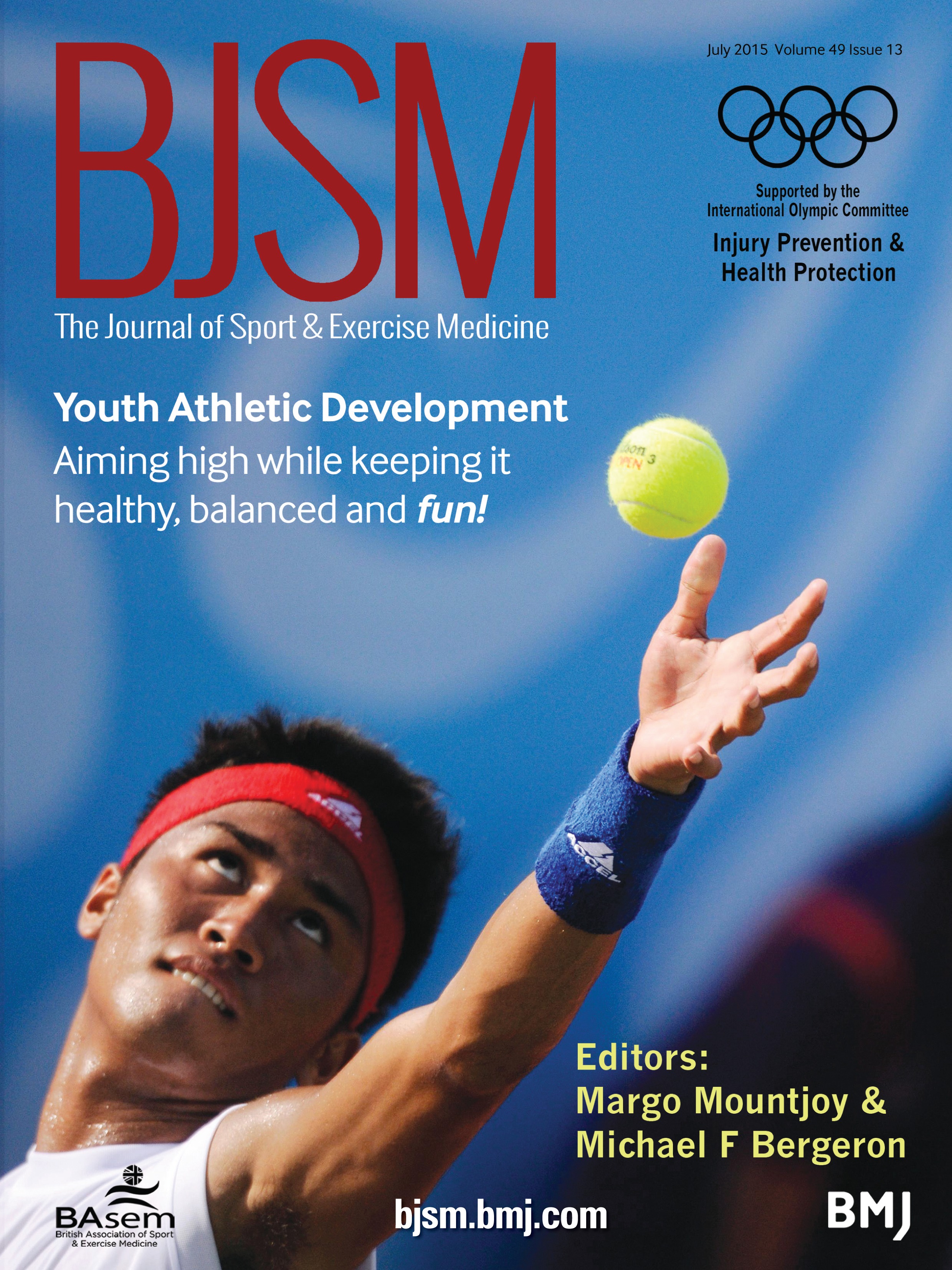
Early mobilization vs immobilization after Achilles tendon repair: Recovery & satisfaction .
This report has been verified
by one or more authors of the
original publication.
This study has been identified as potentially high impact.
OE's AI-driven High Impact metric estimates the influence a paper is likely to have by integrating signals from both the journal in which it is published and the scientific content of the article itself.
Developed using state-of-the-art natural language processing, the OE High Impact model more accurately predicts a study's future citation performance than journal impact factor alone.
This enables earlier recognition of clinically meaningful research and helps readers focus on articles most likely to shape future practice.
Early functional rehabilitation or cast immobilisation for the postoperative management of acute Achilles tendon rupture? A systematic review and meta-analysis of randomised controlled trials
Br J Sports Med. 2015 Oct;49(20):1329-3510 randomized controlled trials comparing early mobilization (bracing) and immobilization (casting) protocols after Achilles tendon repair were included in this meta-analysis. The pooled results of the included studies demonstrated no significant differences between protocols in the incidence of or the time to, return to employment and return to pre-injury sporting level. There was also no significant difference in the incidence of major complications, and specifically in the rate of rerupture. There was, however, a significant difference in patient satisfaction, favouring early mobilization (bracing).
Unlock the Full ACE Report
You have access to 4 more FREE articles this month.
Click below to unlock and view this ACE Reports
Unlock Now
Critical appraisals of the latest, high-impact randomized controlled trials and systematic reviews in orthopaedics
Access to OrthoEvidence podcast content, including collaborations with the Journal of Bone and Joint Surgery, interviews with internationally recognized surgeons, and roundtable discussions on orthopaedic news and topics
Subscription to The Pulse, a twice-weekly evidence-based newsletter designed to help you make better clinical decisions
Exclusive access to original content articles, including in-house systematic reviews, and articles on health research methods and hot orthopaedic topics

































































